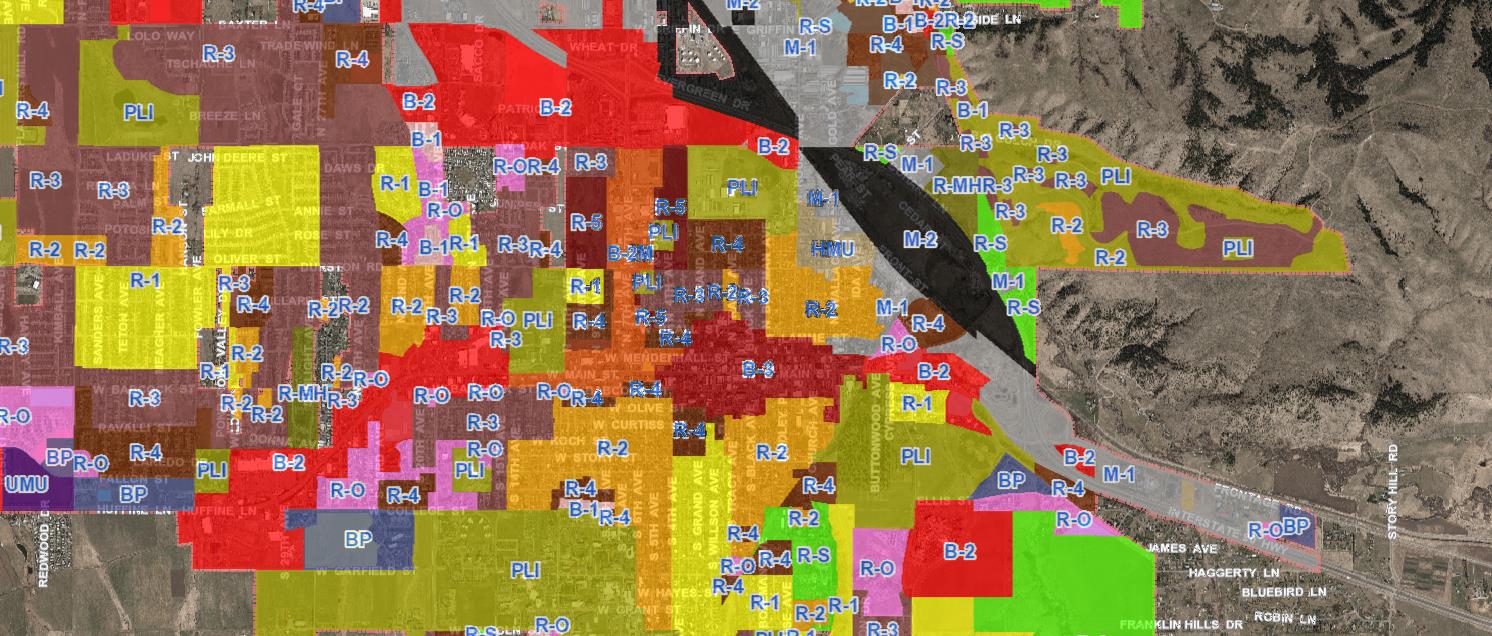By Ann Schwend
 This is an op-ed by MEIC’s Ann Schwend that was published in papers around Montana.
This is an op-ed by MEIC’s Ann Schwend that was published in papers around Montana.
Montana’s explosive popularity is stretching capacity and resources to the breaking point. Many communities are bursting at the seams, pushing development onto farmlands, dangerously siting homes within the wildland-urban interface, and building precipitously close to flooding rivers. The changing climate is exacerbating these impacts by affecting water supplies (droughts and floods) and increasing the incidence of severe wildfires. We need a variety of affordable housing options to accommodate all Montanans, but what we do on the landscape, and where we choose to develop, will be critical in determining the future of Montana’s communities and the health of our environment.
Looking to our past legislative sessions may help predict what we see for proposed “solutions.” A number of bills were introduced in the 2021 Session that would have limited the ability for local communities to adequately plan for their future and protect those things they value. Thankfully, most of these bills were rejected by the Legislature because they were knee-jerk reactions, poorly thought out, and had little support. The 2023 Session is right around the corner, and housing and planning issues are rising to the top. We expect to see several proposals for how to reform our land use and planning laws. Some of these proposals recommend state mandated approaches to planning, which would undermine local control.
Without a doubt, it is time to modernize Montana’s land use planning laws. But prescribing cures without diagnosing all of the symptoms will not resolve the underlying issues. We need to zoom out and do a thorough analysis of environmental concerns, community infrastructure, and housing needs first and then use that data to inform and implement responsive policies. We need to recognize there’s no one-size-fits-all solution for a crisis as complex as equitable housing across a state as large and diverse as Montana.
Recently, Gov. Greg Gianforte appointed a Housing Task Force to address Montana’s housing crisis. While we are optimistic about aspects of the recently released report to the Governor, we see some of the same “top-down” elements that were rejected in the 2021 Session. If the Task Force is serious about addressing Montana’s housing crisis, it should empower local leadership and provide incentives that support forward thinking communities to adopt comprehensive, long term strategies that reward sustainable development within existing urban footprints.
Several of the Task Force recommendations would provide incentives and much-needed funding
to leverage opportunities, invest in infrastructure, and support the public-private partnerships that are building diverse housing options for communities. We strongly support the recommended tools to increase funding and options for affordable housing and to invest in programs that get folks into homes. While we’re hopeful at these inclusions, we want to ensure that by simply building more houses, we don’t lose sight of protecting our natural resources. Ideally, development should occur within core public water and wastewater utilities, not on individual “exempt” wells and septic systems which require more land and are difficult to monitor.
Montana is growing, but let’s not miss the opportunity to be strategic and build environmentally sound, affordable, and socially-connected communities in the long term. We need strong land use plans and water policies developed through inclusive community processes that assess the full spectrum of housing needs, the natural resources we need to protect, and future infrastructure to support that growth. The plans should identify locations and strategies to meet those goals and then adapt local zoning regulations that allow for locally defined, appropriate densities.
As has been MEIC’s focus for nearly 50 years, we will continue to work to protect clean air, clean water, and a livable climate for Montana. It starts with advocating for strong and thoughtful environmental protections, through the use of both incentives and regulations. As the 2023 Session approaches, let’s think more holistically about development and advocate for bills that facilitate sustainable growth so that we may all live safely, affordably, and equitably within our environmental means.
Let’s build communities, not just houses.
This article was published in the Dec. 2022 issue of Down To Earth.

